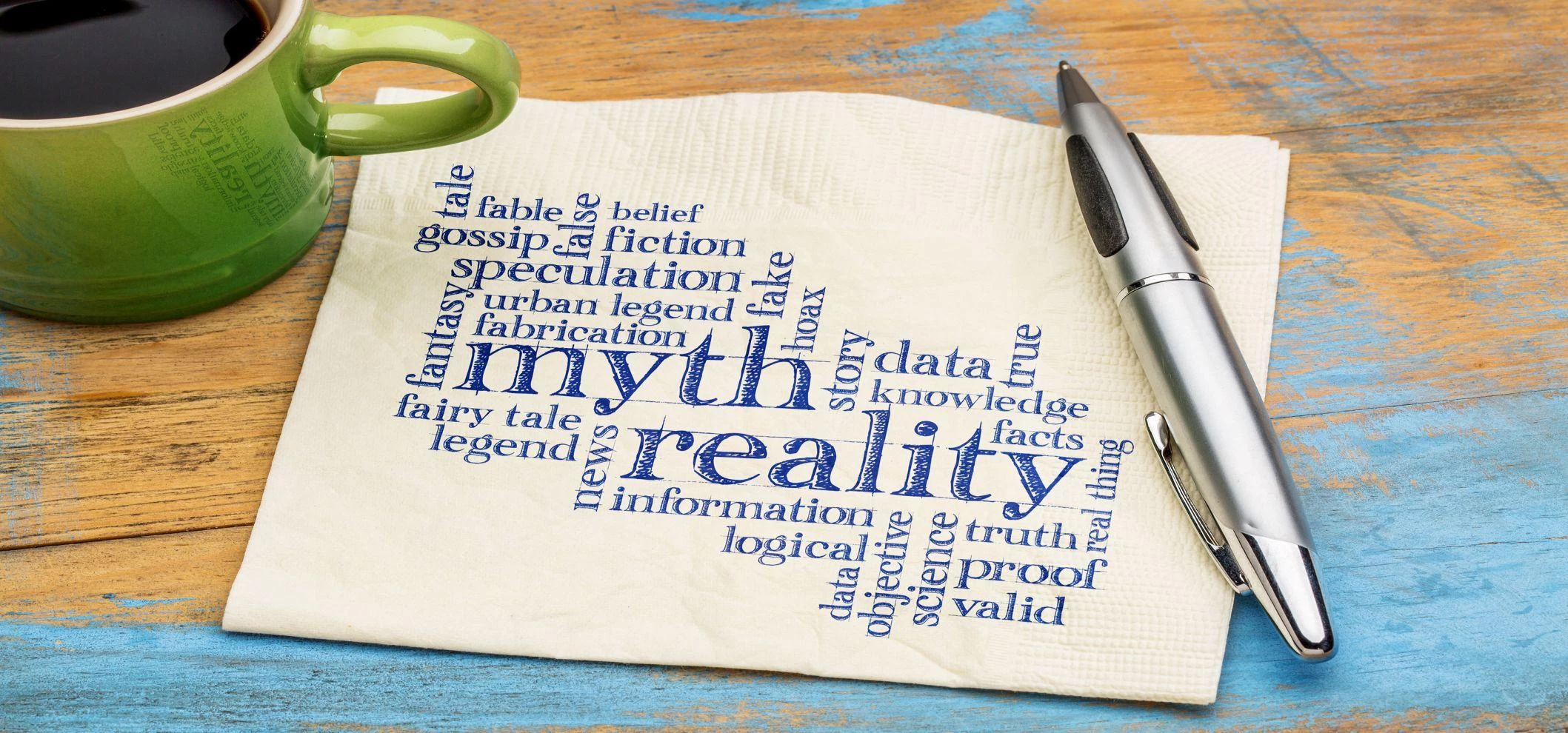
Partner Article
Fake news: a challenge to freedom of information
The theme of the UN Human Rights Day 2016 was ‘Stand up for someone’s rights today!’ Nowadays, one of the more straightforward and common ways for ordinary citizens and everyday activists to stand up for the rights of marginalised persons is by going public on social media.
Sharing stories of others’ struggles, drawing attention to human rights abuses, and making a public declaration of support – whether in a tweet or Facebook post – for those whose voice has been silenced, has become the go-to approach to stand up for a cause and take action. The dark downside of using social media in this manner is that the ‘other side’ uses it just as effectively as human rights campaigners; sometimes using social media in a devious and malicious capacity.
Fake news stories, whether for entertainment purposes or satire, is nothing new. Publications like The Onion make their money on promoting stories with an obvious and declared comical spin, occasionally bringing attention to otherwise overlooked topics. But the proliferated use of social media means that both real and fictional stories are now presented so similarly, it can be difficult to tell them apart. I am reminded of a story I heard long ago that resonates with the difficulty in separating fact from fiction.
I recall an apt parable. Once upon a time, Truth and Lie lived together. Much like today, it was often hard to tell Truth from Lie. They appeared very similar and even sometimes wore each other’s clothing, so that it was hard to tell Lie from Truth and Truth from Lie. Now one day Truth and Lie said to each other, let’s go out for a swim in the ocean of life. So, they packed up their things and set off to the beach. Truth swam out far into the sea and when she came back a little while later, she found that Lie was gone and all her clothes were missing from the shore. Truth went searching for Lie and eventually found him at home, where he was – to her amazement – hosting a party. Truth goes into Lie’s house and discovers that Lie is wearing her clothes and pretending to be Truth! Truth protests, ‘But I am Truth, he is lying’ but no one believed her. The lesson to take away from this story; Truth and Lie are easily confused with one another.
When fake news is believed to be real it can have far-reaching effects. Indeed, one could argue that results of the Brexit referendum and the US 2016 presidential election were heavily influenced by the spread of fake news stories and poorly referenced sound bites. Spreading fake news not only has a negative impact on the socio-political, which in turn could impact on the rise of far-right ideology and nationalism, but it influences the everyday.
The fake news phenomenon presents a further issue that touches one of those rights we celebrate today: the right (and freedom) of information, to inform and to be informed. This is a key element used to determine the level of basic freedom and social development of countries around the world, one for which populations have fought and still fight for. To see such an important tool misused and distorted, must remind us not to take our liberties and freedom for granted as someone before us has paid a price for it. We have the right to information, but there’s also a duty element coupled with that right.
There is a relatively straight-forward solution for the spread of fake news. Facebook, Twitter, and other social media outlets must initially admit there is a problem. Subsequently, they need to put systems in place to monitor fake news and alert users, as far as it is possible, that the story is from an unreliable source. But there’s also a deeper underlying issue. Just as publishers of fake news stories can spin the truth (and sometimes fabricate complete lies) to spread their own political or socioeconomic agenda, we can’t be sure that those responsible for ensuring the veracity of social media posts are themselves either competent enough or unbiased enough to make the distinction between fact and fiction.
Quite simply put, the problem with verification of social media is that it assumes that those doing the verifying are bias-free.
More profoundly, in an age where states, and even ordinary people, have the power to produce fake news, how do we verify whether a supposed human rights abuse is real or staged?
Jeremy Bradley is the director of academic affairs at InterActive.
This was posted in Bdaily's Members' News section by Jeremy Bradley .








 The real cost of tendering for construction SMEs
The real cost of tendering for construction SMEs
 A welcome step forward – but let’s keep pushing
A welcome step forward – but let’s keep pushing
 Industrial strategy 'can drive business forward'
Industrial strategy 'can drive business forward'
 Industrial strategy 'can be game-changer we need'
Industrial strategy 'can be game-changer we need'
 Driving skills forward with near £100,000 boost
Driving skills forward with near £100,000 boost
 What pension rule changes could mean for you
What pension rule changes could mean for you
 North East can't be an afterthought in AI future
North East can't be an afterthought in AI future
 Understanding the impact of the Procurement Act
Understanding the impact of the Procurement Act
 Is the UK losing ground in life sciences investment?
Is the UK losing ground in life sciences investment?
 Construction workforce growth can't be a quick fix
Construction workforce growth can't be a quick fix
 Why it is time to give care work a makeover
Why it is time to give care work a makeover
 B Corp is a commitment, not a one-time win
B Corp is a commitment, not a one-time win